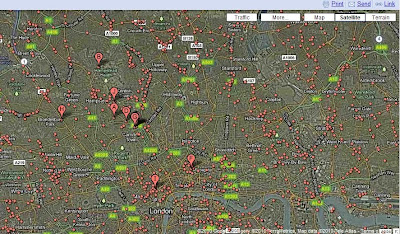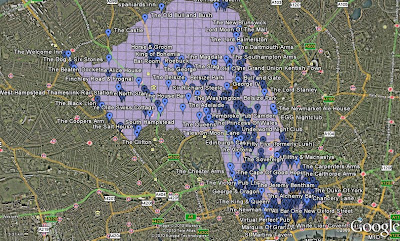You may notice that I have only one link on this site and that is to a
CASA group blog that this blog is automatically copied to.
CASA is the Centre for Advanced Spatial Analysis. It is a research lab within University College London. Its web site is
here. I am proud to be part of the organisation. It carries out highly academic ground breaking research.
I attended a conference yesterday where some of this research was presented. An interesting and worthwhile day. It ended with a panel of eminent Professors - Mike
Goodchild, Keith Clarke, Dave
Maguire, David
Rhind and Carl
Steinitz.
I want to make comments on what was said about communication and trust in information/statistics - themes of this blog. Carl
Steinitz made an eloquent point about communication being a two way process where the person providing the information understands the expectations (and knowledge) of the person receiving the information. In my opinion the trouble with official statistics, and I write from the perspective of crime statistics, is that they are compiled by experts for experts to analyse. Crime statistics are actually extremely complex in what they do and do not reveal. I say trouble because in this age of
apparent openness and
transparency statistics that were compiled and used by a select few are now being made available to everyone without proper explanation. This is not communication. Lack of trust can be a consequence of lack of communication.
One of the many things
CASA does is create mood maps based on simple Internet surveys. These have been used by Radio 4 and regional BBC newsrooms to create maps about people's attitudes to the recession, congestion charges, crime and disorder and no doubt other things. Not for the first time I got the impression that many academic colleagues feel that
CASA should not be involved in such "unscientific" (read
nonacademic) survey methods. These academics miss the point; this is communication in the same way as Twitter,
Facebook, TV, emails, the Internet are communication. It is incomplete information, as are official statistics, but it is incomplete information that people expect, understand and can evaluate.
 Table taken from "Perceptions of crime and anti-social behaviour:Findings from the 2008/09 British Crime Survey"
Table taken from "Perceptions of crime and anti-social behaviour:Findings from the 2008/09 British Crime Survey" 











